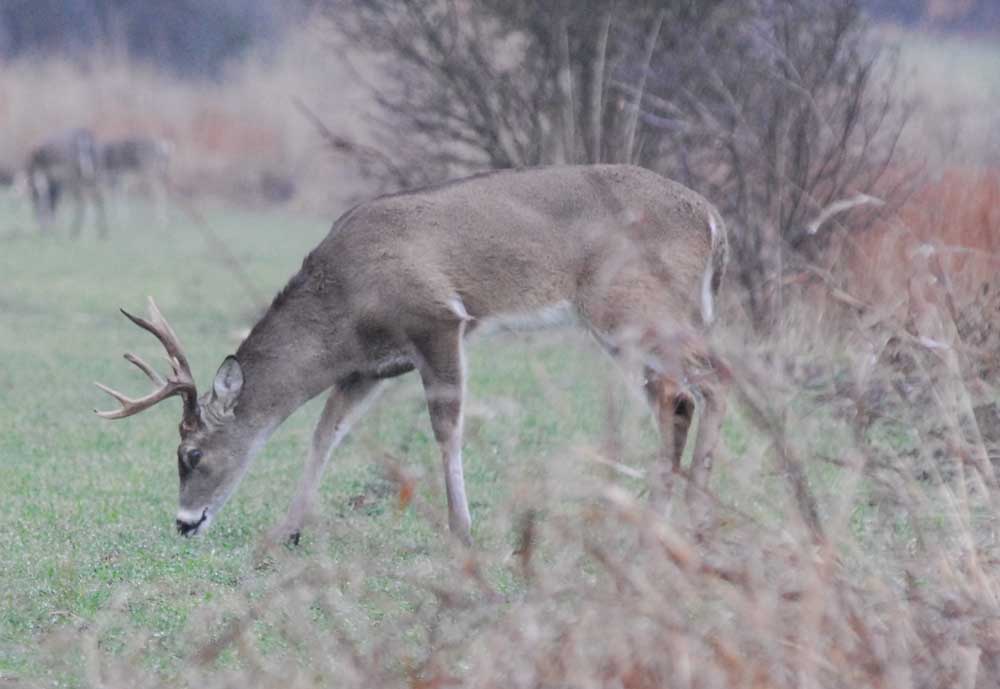The best way to fight brown patch in St. Augustine grass is through prevention
Published 5:47 pm Wednesday, October 4, 2017
Fall is here, with cooler temperatures soon to follow. Mark my words. If you have a sprinkler system, fertilize more than once and have a St. Augustine lawn, you are almost guaranteed to get brown patch disease (Rhizoctonia), a common fungus associated with cool temperatures, excess moisture and high fertility. Although the disease is most associated with St. Augustine grass, it can affect centipede and zoysia lawns as well. It’s what I call a “luxury disease,” usually only affecting upscale lawns with sprinkler systems. People who don’t care about their lawns don’t get brown patch (technically now known as “large patch” disease).
Turfgrass affected by brown patch generally exhibit rapidly expanding circular patches of light brown, thinned grass. As the middle of the rings begin to recover and turn green, the resulting pattern is somewhat of a bull’s eye.
The bull’s eye symptom is not always reliable for diagnosis. Patches up to several yards in diameter commonly develop in the fall, winter and spring when the grass is approaching or emerging from dormancy, evening temperatures are below 68 degrees, rainfall increases and sprinkler systems continue to run. Active infections are noticeable by yellow leaves at the edges of patches. Leaf sheaths become rotted, and a gentle tug on the leaf blade easily separates the leaf from the runner. Brown patch usually does not discolor roots and doesn’t kill the grass. This common disease develops most rapidly when air temperature is between 75 and 80 degrees and wet conditions are present, but it generally subsides when air temperature rises above 90 degrees.
Homeowners should water only as needed and at a time when the grass can dry out as soon as possible. Early morning is a good choice. Evening is not, because the grass stays wet all night. Generally when our typical fall rains begin to occur as cool fronts move through, irrigation systems should be turned off entirely. I’ve said it before, and I’ll say it again; in a typical year, the only months that sprinkler systems need to run in East Texas are June, July and August. Lawns should be watered no more than once a week, applying one inch of water per application. Frequent short irrigation cycles only encourage shallow roots and diseases such as brown patch and gray leaf spot.
Since brown patch is easily spread to wet foliage, it’s important to never mow or walk a across a brown patch-infected lawn. I’ve literally seen footprints of brown patch across lawns before, where unsuspecting homeowners or lawn care services spread the disease.
Not over-fertilizing is also important, especially in the spring and fall. High nitrogen increases the likelihood of brown patch. I always think about my grandparent’s pretty St. Augustine lawn out in the country that never got fertilizer, water or brown patch. I see many examples of acceptable lawns that aren’t fertilized. 3:1:2 lawn fertilizers such as 15-5-10 certainly green up lawns, increase the growth rate and thicken the turf. Just don’t overdo it, or disease and thatch will ensue.
Fungicides are effective at preventing brown patch, but must be applied before the disease occurs. Insects can be cured, but diseases must be prevented. When folks ask when to apply fungicide for brown patch, I always say “the day before you see the disease.” Where brown patch occurs regularly, some apply a fungicide each October and March. The best control, however, is turning off the sprinkler system during the fall, winter and spring.
Greg Grant is the Smith County horticulturist for the Texas A&M AgriLife Extension Service. You can follow him on Facebook at “Greg Grant Gardens,” read his “Greg’s Ramblings” blog at arborgate.com or read his “In Greg’s Garden” in each issue of Texas Gardener magazine (texasgardener.com). For more information on local educational programming, go to smith.agrilife.org.






